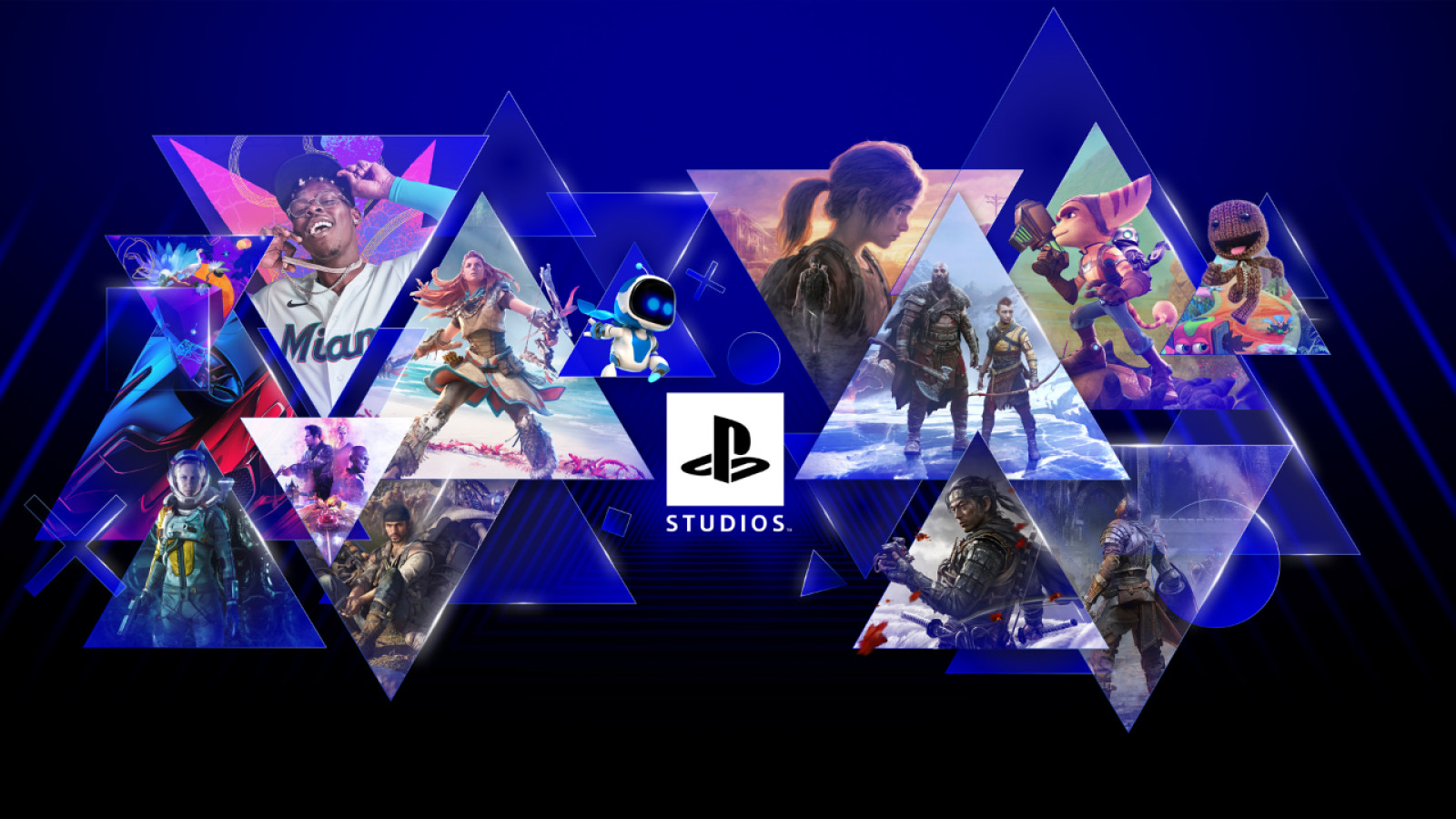PlayStation’s financial results: The good, the bad, and the hopeful

Photo: Sony Interactive Entertainment

Sony released its earnings for the 12 months ending March 31, 2024 (FY2023). As always, gaming was Sony’s biggest vertical and the heart of its cross-media strategy. Revenues grew +17% in FY2023 to $28.2 billion for Sony’s Game & Network Services (GN&S) Segment.
The major contributors to growth were:
- Foreign exchange rates as the weak Yen made revenues from other markets more impactful (accounting for the Yen's depreciation, the actual growth rate would be around +3.4%)
- Ongoing third-party revenues from free-to-play live-service games, including Fortnite (where Fortnite OG content and new game modes drew back players in droves)
- 2023’s remarkable third-party premium release schedule, including Baldur’s Gate 3, Diablo IV, Jedi Survivor, as well as the typical yearly Call of Duty and sports games
While PlayStation is known for its prestige games like Marvel’s Spider-Man and The Last of Us, these games are typically user-acquisition and retention strategies. They attract players to the PlayStation ecosystem and keep them there.
But it is third-party content and monetisation that helps PlayStation generate its real revenues (without having to spend big on game development). First-party content does have a significant impact, as shown by Marvel’s Spider-Man 2 and Helldivers 2 impressive unit sales.
Helldivers 2, despite causing some controversy, pushed PlayStation to growth in calendar Q1, when Sony’s G&NS Segment grew by around $150 million (compared to the same period the previous year).
Meanwhile, Helldivers 2 grossed over half-a-billion dollars in the 12 weeks leading to May. It is safe to say that PlayStation’srevenues would not have grown year-on-year in Q1 without Helldivers 2.
Taking the temperature: PlayStation’s ongoing strategies
Back in 2020, PlayStation’s leadership and financial reporting pointed to several new vectors for first-party growth – mobile, subscriptions, live services, PC, and cross media (transmedia). Four years on, let’s look at how each strategy is doing:
- Mobile (struggling): PlayStation’s mobile bets have not come to fruition yet, owing to a challenging mobile landscape (brought about by Apple’s privacy changes) and PlayStation’s investments in unproven mobile studios/leaders (Savage Games).
- Subscriptions (successful but saturated): PlayStation Plus is a successful multi-game subscription that offers Sony more secure annual recurring revenues. Growth is largely maxed out on console, but there might be more opportunities on PC as PlayStation continues to enter that market
- Live services (mixed): PlayStation cancelled The Last of Us’ live-service game, and the market is zero-sum and oversaturated. Yet, Helldivers 2 provided a massive glimmer of hope. There are also other exciting projects in the pipeline
- PC (positive): PlayStation’s ports from console to PC– streamlined by its acquisition of Nixxes – have given the company a means to extend the product lifecycles of its prestige games. As shown by Helldivers 2, PC can also boost PlayStation’s live-service total addressable market
- Cross media (positive but the strategy needs work): HBO’s The Last of Us was a huge success, and even the Gran Turismo movie did decently at the box office. This is expanding brand recognition for PlayStation’s IP. However, as we said in our blog about Fallout's success, the strategy needs more synergy to impact revenue tangibly
- VR (struggling): PlayStation VR2 – and VR in general –is barren in terms of new content, so this strategy has not come to fruition.VR will remain a niche market and a rung on the ladder to consumer-grade AR. VR will not move the needle for PlayStation as things stand
What about PlayStation’s first-party value proposition?
Featured Report
Pixels to playlists Music preferences and behaviours of gamers
The global games industry is a $236.9 billion behemoth. It now rivals film, television, and music combined in terms of revenues and is a cultural driver. Yet, for music companies, labels, and platforms,...
Find out more…Sony leadership announced that there would be no major franchise PS5 launches before April 2025. Sony outlined the decrease in sales of first-party titles as a major reason for its forecast -2% decline for the G&NS Segment in FY2024. But this does not mean PlayStation will have zero first-party releases in the next fiscal period.
It will likely announce a consumer-focused showcase soon, outlining PlayStation’s slate of games for the next fiscal period and beyond. After all, Helldivers 2 was not a major franchise launch, but it has still been one of PlayStation’s fastest-selling games ever and the big success story of 2024.
What’s more, PlayStation does have some huge franchise games slated beyond the coming fiscal period, including Wolverine from Insomniac Games, some Horizon titles, and games from some of PlayStation's biggest studios (Naughty Dog, San Diego Studio, and Bungie).
Given the success of 2020’s Ghost of Tsushima and last year’s The Last of Us TV show, we will likely see announcements of games in these franchises at some point. Uncharted has also laid dormant for a while.
There is huge first-party content cooking at PlayStation, so it will retain its unique value proposition of high-profile prestige franchise games. It will just take time, as making new AAA games can take up to seven years at this point.
What else is next for PlayStation?
Until the beginning of the PS4 era, PlayStation’s business model focused on boosting software unit sales alongside new hardware launches for each console generation. Now, the company has transitioned to a model where platform engagement and extending beyond consoles takes precedence.
That transition will continue, shepherded by an unprecedented internal succession. Two PlayStation CEOs are starting in June 2024. Taking over from Jim Ryan, Hermen Hulst (currently PlayStationStudios’ head) will handle PlayStation’s first-party teams and transmedia operations.
Meanwhile, Hideaki Nishino (currently PlayStation’s SVP of platform experiences) will cover tech, hardware, peripherals, third parties, and network strategies. Co-leaders have rarely worked in the games industry, including a recent failed experiment at Blizzard. However, the incoming PlayStationCEO’s duties are clearly defined.
“Sony Interactive Entertainment is a dynamic and growing business that delivers incredible entertainment experiences through the connection of content and technology,’’ said Hiroki Totoki, Sony’s president, COO, and CFO (and the person Ryan and Nishino will report to).
"These two leaders will have clear responsibilities and will manage strategic direction to ensure the focus remains on deepening engagement with existing PlayStation users and expanding experiences to new audiences."
As Sony enters the second half of the PS5 product lifecycle, it will double down on increasing active users and engagement, mostly via PC, live services, cross media, and pouring more resources into its subscription offering—also powered by the huge tentpole releases PlayStation is known for.
PlayStation certainly experienced challenges due to stay-at-home demand and acquisition-related expenses, making profit trends less obvious, and it will likely see a gradual decline in new PS5 unit sales as the generation ends.
But via persistent efforts to expand active user bases and boost user engagement while controlling costs, PlayStation’s sales and profit outlook look brighter beyond the next year.

The discussion around this post has not yet got started, be the first to add an opinion.